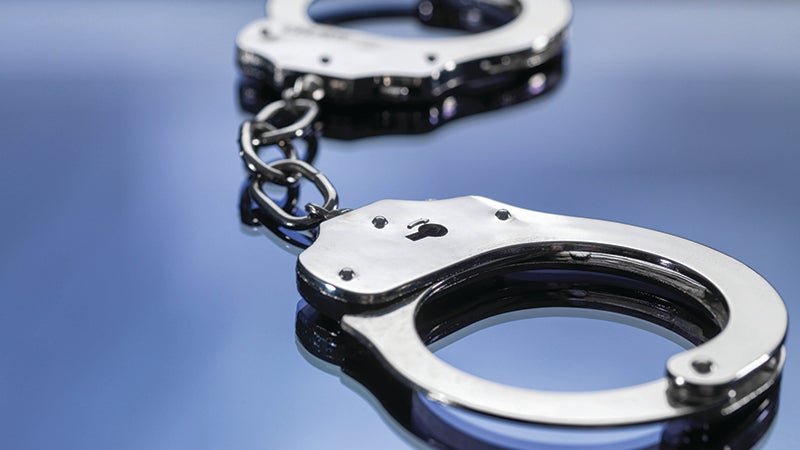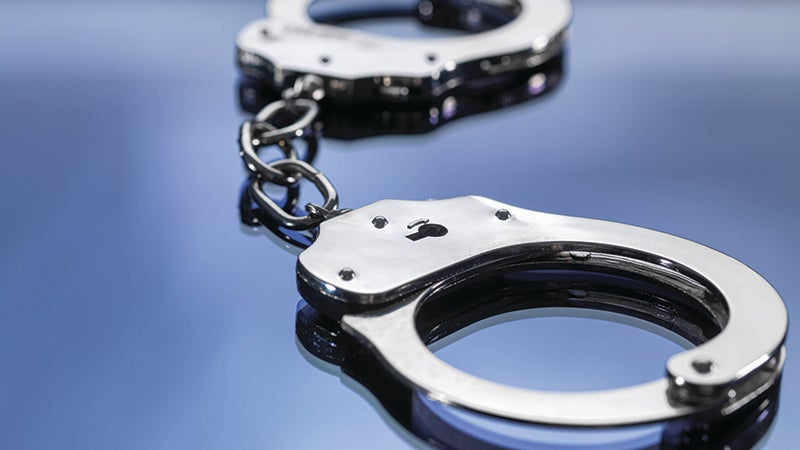Well-known Atmore resident, business man receives, comforted by tele-stroke care at ACH
Published 10:00 am Tuesday, June 28, 2022
|
Getting your Trinity Audio player ready...
|
Well-known Atmore citizen Rob Faircloth got in his car one day in May, and couldn’t remember where he was going.
Thinking he had stroke-like symptoms, Faircloth then walked back inside, and told his wife, Sheilo. She put him in the car and brought him to Atmore Community Hospital (ACH), where he received both good care and peace of mind through the UAB Tele-Stroke system.
“My wife brought me up to the hospital, and we came right in and within only a few minutes the neurological specialist physician with UAB came on the screen via teleconference,” Faircloth said. “We had a good back and forth dialogue and he asked me all the questions he needed to ask and asked the (emergency room) doctor what he had observed in his evaluation. I felt really comfortable about the process.”
In December, ACH entered into an agreement with UAB Medicine to provide tele-stroke coverage. According to Atmore Advance archives, the coverage will allow for any patient presenting to ACH’s emergency department with stroke symptoms to have as part of their care team, and within 10 minutes of arrival, a neurological specialist physician from UAB Hospital via telemedicine.
Faircloth said in a release that after the consult with the UAB specialist, the ER doctor admitted him overnight for observation, where he was monitored overnight. He said he rested and the next morning was discharged and went home. He is now working with his local primary care physician on his continuing treatment plan.
ACH Administrator Brad Lowery, and hospital officials have said that are large number of patients presenting with stroke symptoms end up not needing to be transferred to another hospital. Having the tele-stroke system allows the specialist to consult available patients and ER physicians to allow for a much better decision-making process in regards to the need to transfer the patient or treating locally.
Lowery said ACH has seen 20 patients through the tele-stroke system, and seven of which stayed in the Atmore hospital for treatment, adding that having extra tele-health services will help patients and their families make informed decisions.
Faircloth said the tele-stroke system helped him stay right her in Atmore, and that was a plus.
“If I get shipped out, it’s like I have to start back in line at the next hospital and start all over,” he said. “We are in Atmore, and I’m comfortable with the nurses and the doctors and ACH is the closest place to go for your healthcare. I’ve never had a bad experience at ACH. Don’t be hesitant. Think when you have medical problems, go to the first place you can get some help and that is ACH in Atmore.”
Escambia County Healthcare Authority (ECHCA) CEO Jeff Booth said in a release that the goal of the authority is that more patients will be able to stay at home for their care following their ER visit.
“We are working with UAB for neurology, ICU and nephrology,” Booth said. “We are also working on additional services that we will hopefully be able to announce very soon.”
Lowery said the final piece of phase one of providing tele-health services at ACH is tele-cardiology, adding that the hospital is working to get this going soon.






